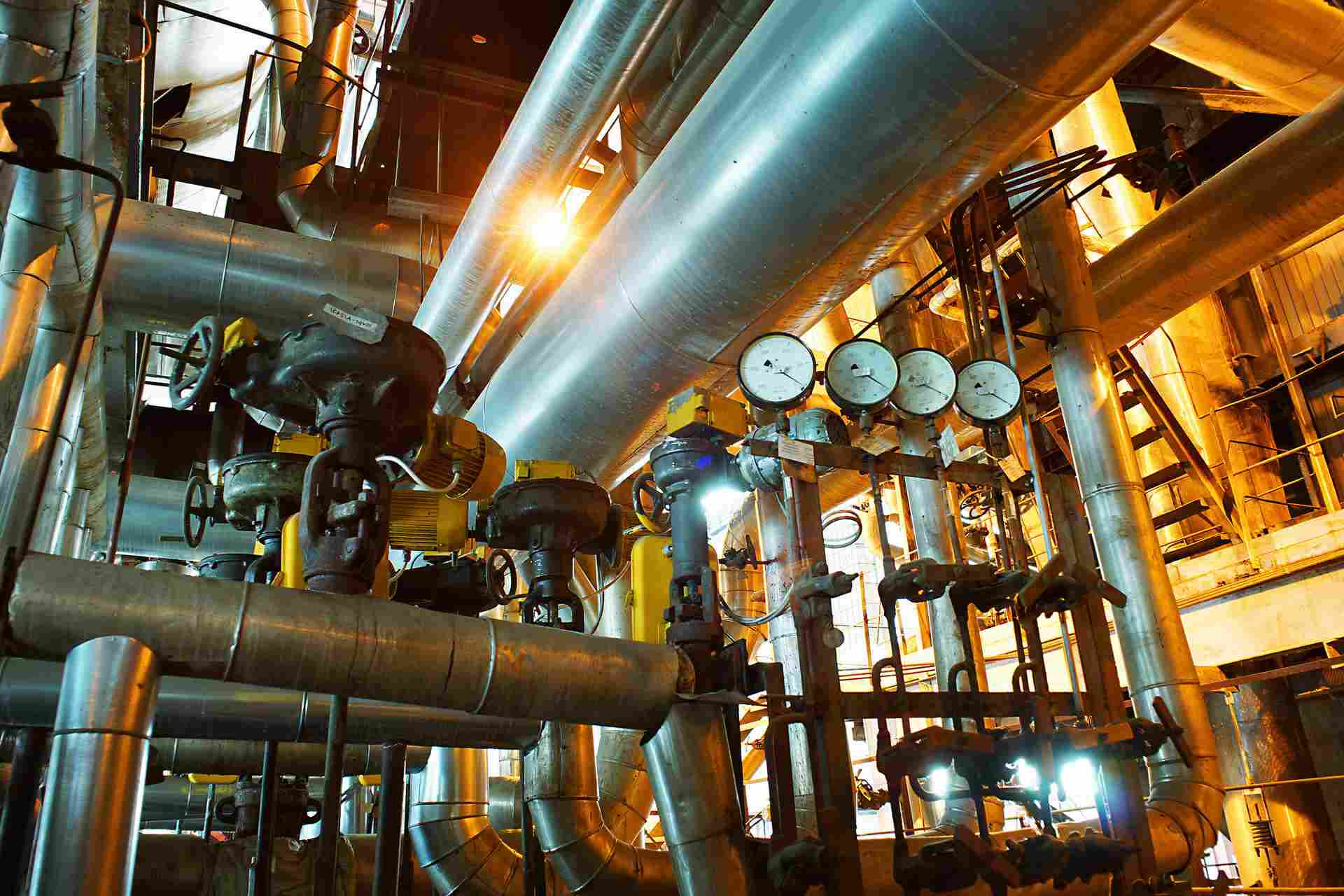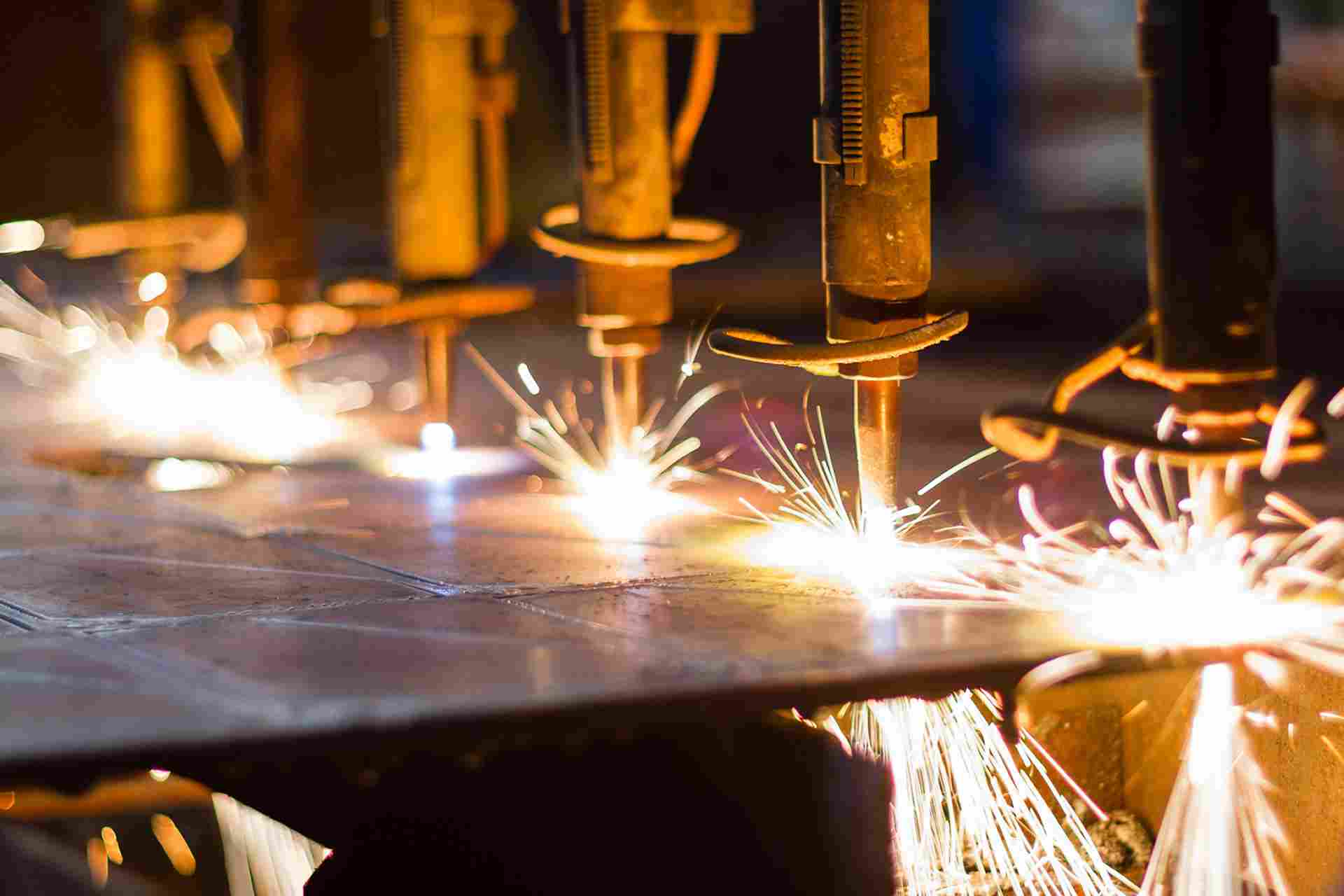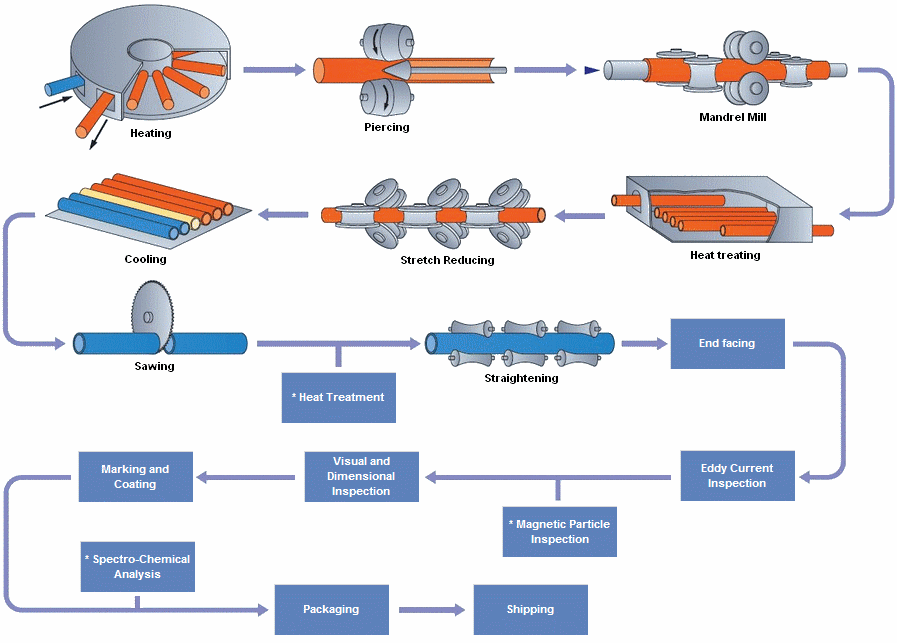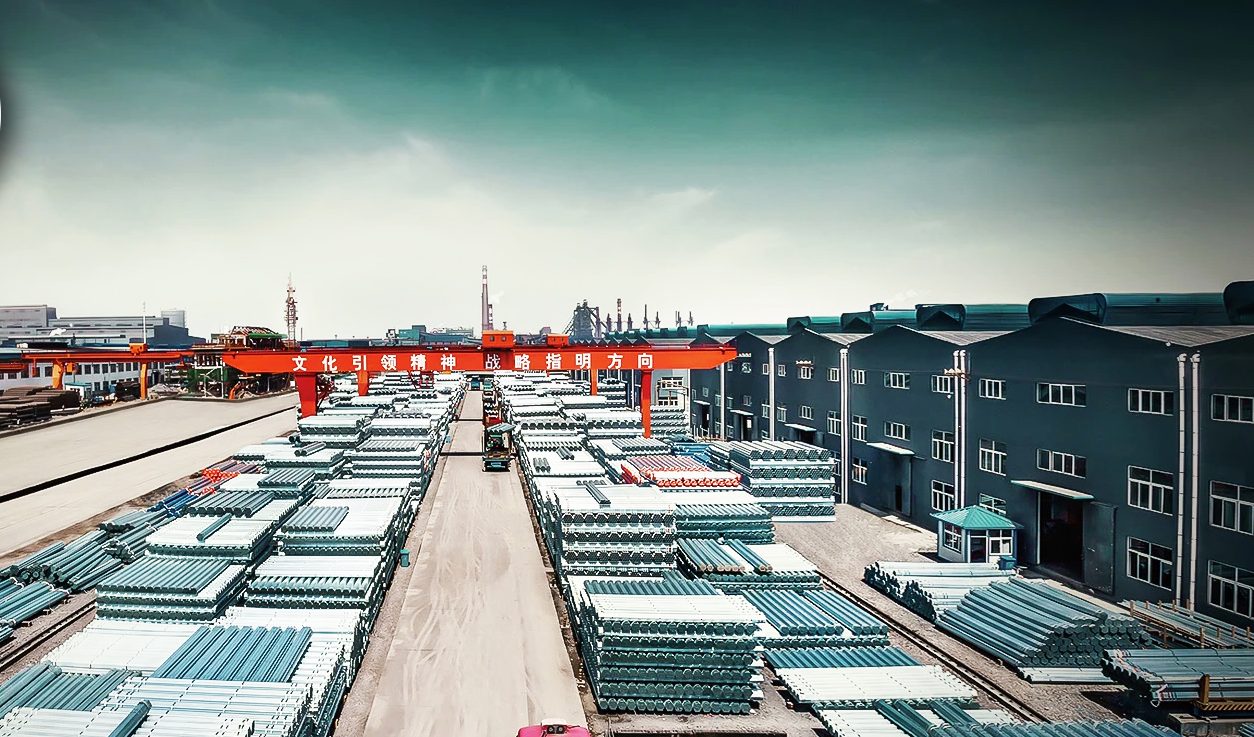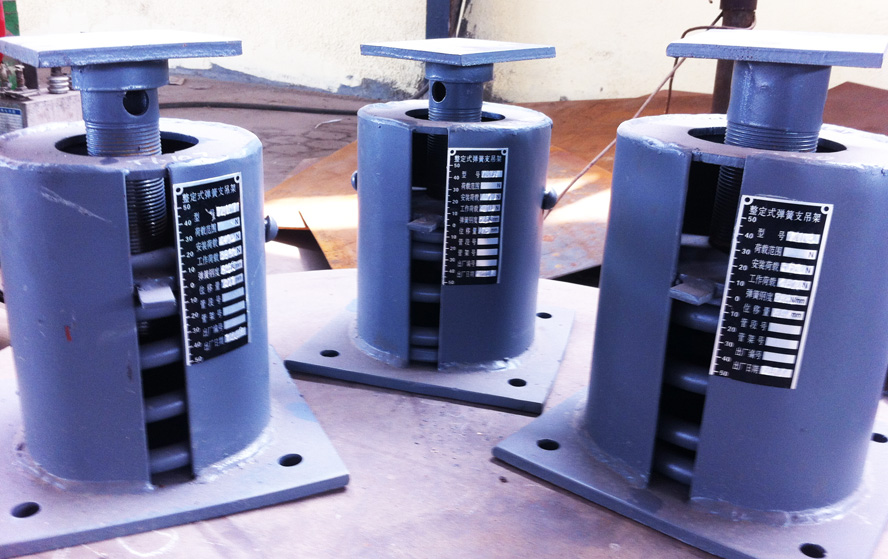Hastelloy C-276 Alloy steel : A Comprehensive Guide
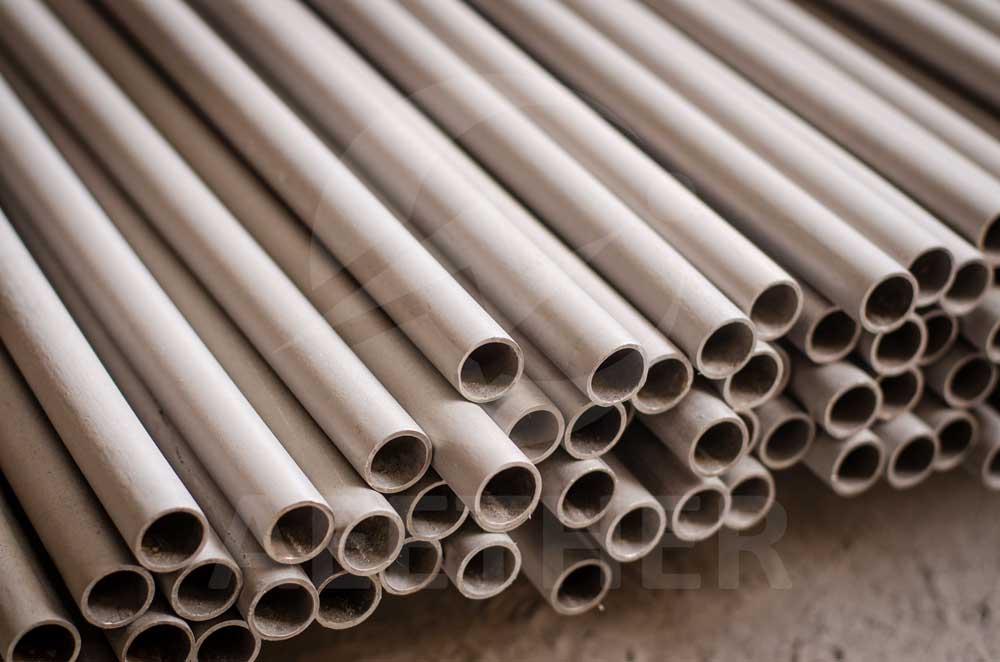
Outline for “Hastelloy C-276: A Comprehensive Guide”
| Main Topic | Subtopics |
|---|---|
| What Is Hastelloy C-276? | Overview, history, and classification of Hastelloy C-276. |
| Chemical Composition of Hastelloy C-276 | Detailed breakdown of the chemical elements in Hastelloy C-276 with a table. |
| Typical Physical Properties of Hastelloy C-276 | Density, melting point, electrical resistivity, and thermal conductivity. |
| Mechanical Properties of Hastelloy C-276 | Tensile strength, yield strength, elongation, hardness, and impact resistance. |
| Standards of Hastelloy C-276 | ASTM, ASME, DIN, ISO, and other standards applicable to Hastelloy C-276. |
| Corrosion Resistance of Hastelloy C-276 | General corrosion resistance properties and performance in different environments. |
| Corrosion Resistance of Hastelloy C-276 to Hydrochloric Acid | Detailed explanation of its performance in hydrochloric acid at different concentrations and temperatures. |
| Corrosion Resistance of Hastelloy C-276 to Sulfuric Acid | Performance in sulfuric acid and its applications in such environments. |
| Thermal Expansion Coefficients for Hastelloy C-276 at Elevated Temperatures | Table of coefficients at various temperature ranges. |
| Maximum Allowable Stress of Hastelloy C-276 at Elevated Temperatures | Stress-strain behavior with a table of allowable stresses at different temperatures. |
| Applications of Hastelloy C-276 | Usage in industries like chemical processing, marine, aerospace, and power generation. |
| Hot Forming of Hastelloy C-276 (UNS N10276) | Techniques, temperature ranges, and best practices for hot forming. |
| Cold Forming of Hastelloy C-276 (UNS N10276) | Techniques and challenges of cold forming Hastelloy C-276. |
| Welding of Hastelloy C-276 (UNS N10276) | Methods, equipment, and common welding issues for Hastelloy C-276. |
| Machining of Hastelloy C-276 (UNS N10276) | Machining processes, tooling, and lubrication requirements. |
| Prices for Hastelloy C-276 Materials | Factors affecting the cost of Hastelloy C-276, price trends, and availability. |
Hastelloy C-276: A Comprehensive Guide
What Is Hastelloy C-276?
Hastelloy C-276 is a nickel-molybdenum-chromium alloy renowned for its exceptional corrosion resistance in a wide range of severe environments. It is particularly suited for applications involving aggressive chemicals, such as oxidizing and reducing agents, where other materials might fail. Developed by Haynes International, this superalloy is also referred to as UNS N10276 and is part of the Hastelloy family, which is synonymous with high-performance alloys.
Hastelloy C-276 exhibits superior resistance to localized corrosion, including pitting, crevice corrosion, and stress corrosion cracking. These characteristics make it invaluable in industries like chemical processing, aerospace, and marine engineering. Its ability to perform in both acidic and oxidizing conditions adds to its versatility, making it a go-to material for many high-demand applications.
Chemical Composition of Hastelloy C-276
Hastelloy C-276 is composed of a carefully balanced blend of elements. Below is the detailed chemical composition:
| Element | Content (%) |
|---|---|
| Nickel (Ni) | 57.0 (min) |
| Molybdenum (Mo) | 15.0 – 17.0 |
| Chromium (Cr) | 14.5 – 16.5 |
| Iron (Fe) | 4.0 – 7.0 |
| Tungsten (W) | 3.0 – 4.5 |
| Cobalt (Co) | 2.5 (max) |
| Manganese (Mn) | 1.0 (max) |
| Silicon (Si) | 0.08 (max) |
| Carbon (C) | 0.01 (max) |
| Phosphorus (P) | 0.04 (max) |
| Sulfur (S) | 0.03 (max) |
The high content of molybdenum, chromium, and nickel gives Hastelloy C-276 its impressive corrosion resistance and mechanical properties.
Typical Physical Properties of Hastelloy C-276
The following table lists the key physical properties of Hastelloy C-276:
| Property | Value |
|---|---|
| Density | 8.89 g/cm³ |
| Melting Point | 1370–1400°C |
| Electrical Resistivity | 1.28 μΩ·m |
| Thermal Conductivity | 10.2 W/m·K |
| Specific Heat | 427 J/kg·K |
These properties make Hastelloy C-276 an excellent choice for high-temperature and corrosive environments.
Mechanical Properties of Hastelloy C-276
Hastelloy C-276 demonstrates excellent mechanical strength across a variety of conditions. Its mechanical properties are as follows:
| Property | Value |
|---|---|
| Tensile Strength | 690 MPa |
| Yield Strength (0.2% Offset) | 283 MPa |
| Elongation | 40% |
| Hardness | 85 Rockwell B (HRB) |
| Impact Strength | High |
These properties allow Hastelloy C-276 to maintain its integrity under extreme stress and temperatures.
Standards of Hastelloy C-276
Hastelloy C-276 conforms to several international standards, ensuring its quality and reliability. Some key standards include:
- ASTM Standards: ASTM B575 (Sheet/Plate), ASTM B619 (Welded Pipe), ASTM B622 (Seamless Pipe)
- ASME Standards: ASME SB575, SB619, SB622
- DIN Standards: 2.4819
- ISO Standards: ISO 6208
These standards guarantee consistent performance across various applications.
Corrosion Resistance of Hastelloy C-276
Hastelloy C-276 offers unparalleled corrosion resistance. It withstands a range of aggressive media, including:
- Oxidizing agents: Resists ferric and cupric chlorides.
- Reducing agents: Resists sulfuric, hydrochloric, and phosphoric acids.
- Localized attack: Resistant to pitting, crevice corrosion, and stress corrosion cracking.
This corrosion resistance is vital in harsh environments like chemical plants and offshore facilities.
Corrosion Resistance of Hastelloy C-276 to Hydrochloric Acid
Hastelloy C-276 is one of the most corrosion-resistant materials in hydrochloric acid environments. It performs exceptionally well across varying concentrations and temperatures. The following table summarizes its corrosion rate:
| Temperature (°C) | Concentration (%) | Corrosion Rate (mm/year) |
|---|---|---|
| 20 | 10 | <0.01 |
| 50 | 20 | 0.05 |
| 100 | 30 | 0.20 |
This makes it suitable for storage tanks, heat exchangers, and chemical reactors handling HCl.
Corrosion Resistance of Hastelloy C-276 to Sulfuric Acid
Hastelloy C-276 also resists sulfuric acid effectively. The performance data below illustrates its resistance:
| Temperature (°C) | Concentration (%) | Corrosion Rate (mm/year) |
|---|---|---|
| 20 | 10 | <0.02 |
| 50 | 50 | 0.10 |
| 100 | 90 | 0.50 |
This makes it ideal for the manufacture of sulfuric acid and related chemical processes.
Thermal Expansion Coefficients for Hastelloy C-276 at Elevated Temperatures
| Temperature Range (°C) | Coefficient of Thermal Expansion (µm/m·K) |
|---|---|
| 20–100 | 10.2 |
| 20–500 | 12.8 |
| 20–1000 | 15.4 |
Understanding these values is crucial for designing equipment that operates under thermal stress.
Maximum Allowable Stress of Hastelloy C-276 at Elevated Temperatures
| Temperature (°C) | Maximum Allowable Stress (MPa) |
|---|---|
| 100 | 150 |
| 300 | 120 |
| 500 | 100 |
These stress values help in designing safe and efficient equipment.
Applications of Hastelloy C-276
Hastelloy C-276 is widely used across various industries, including:
- Chemical Processing: Heat exchangers, reactors, and distillation equipment.
- Aerospace: Components exposed to extreme heat and corrosion.
- Marine: Piping systems and valves in saltwater environments.
- Power Generation: Flue gas scrubbers and condensers.
Hot Forming of Hastelloy C-276 (UNS N10276)
Hot forming is typically performed at temperatures between 1230°C and 950°C. Key considerations include:
- Preheating the material evenly.
- Avoiding overheating to maintain grain structure.
- Annealing after forming for optimal performance.
Cold Forming of Hastelloy C-276 (UNS N10276)
Cold forming of Hastelloy C-276 requires careful planning due to its work-hardening nature. Tips include:
- Using appropriate tooling to minimize deformation.
- Performing stress-relief annealing to restore ductility.
Welding of Hastelloy C-276 (UNS N10276)
Hastelloy C-276 can be welded using techniques like TIG, MIG, and shielded metal arc welding. Considerations include:
- Using matching filler materials.
- Avoiding intergranular carbide precipitation by controlling heat input.
Machining of Hastelloy C-276 (UNS N10276)
Machining Hastelloy C-276 requires specialized tools and methods due to its toughness. Recommendations include:
- Using carbide or high-speed steel tooling.
- Employing cutting fluids to reduce heat and wear.
Prices for Hastelloy C-276 Materials
The cost of Hastelloy C-276 varies depending on factors like:
- Market demand.
- Form of material (sheet, plate, pipe, etc.).
- Supplier and location.
Hastelloy C-276: A Deeper Dive Into Applications and Usage
Detailed Applications of Hastelloy C-276
Hastelloy C-276’s versatility allows it to thrive in some of the most challenging environments. Below is a deeper exploration of its applications across various industries:
- Chemical Processing Industry
- Key Use Cases:
- Reactors: Handles corrosive chemicals during reactions without compromising structural integrity.
- Heat Exchangers: Transfers heat efficiently in high-temperature and corrosive environments.
- Distillation Columns: Resists aggressive chemical fumes and liquids during distillation processes.
- Advantages:
- Exceptional resistance to hydrochloric and sulfuric acids.
- Handles both oxidizing and reducing media simultaneously.
- Key Use Cases:
- Aerospace Industry
- Key Use Cases:
- Engine Components: Operates under extreme heat and stress conditions.
- Exhaust Systems: Prevents corrosion from acidic exhaust gases.
- Advantages:
- High strength-to-weight ratio.
- Corrosion resistance to jet fuel and exhaust byproducts.
- Key Use Cases:
- Marine Industry
- Key Use Cases:
- Seawater Piping Systems: Resists pitting and crevice corrosion in saline environments.
- Valves and Pumps: Maintains performance under continuous exposure to saltwater.
- Advantages:
- Excellent performance in brine and other aggressive chloride solutions.
- Minimal maintenance requirements in marine environments.
- Key Use Cases:
- Power Generation Industry
- Key Use Cases:
- Flue Gas Desulfurization (FGD) Systems: Essential in removing sulfur dioxide from flue gases.
- Condensers: Operates under high temperatures while resisting corrosive condensates.
- Advantages:
- Withstands acidic condensates and high-temperature steam.
- Prolongs equipment life, reducing operational costs.
- Key Use Cases:
- Pharmaceutical Industry
- Key Use Cases:
- Mixing Vessels and Storage Tanks: Ensures product purity in the presence of reactive chemicals.
- Piping Systems: Facilitates the safe transport of corrosive solutions.
- Advantages:
- Non-reactive surface maintains chemical purity.
- Exceptional durability in cleaning cycles involving harsh chemicals.
- Key Use Cases:
Hot Forming: Best Practices
Hot forming is an essential process for shaping Hastelloy C-276, especially for custom fabrications. Here’s how it’s done effectively:
- Temperature Range:
- Ideal hot forming temperatures range between 1230°C and 950°C.
- Avoid working below 950°C, as the alloy may harden rapidly, leading to cracking.
- Key Steps:
- Preheating: Ensure uniform heating to avoid thermal stresses.
- Deformation: Gradually shape the material to prevent damage to its microstructure.
- Cooling: Use controlled cooling methods to prevent distortion or stress buildup.
- Post-Forming Heat Treatment:
- Perform annealing at 1065°C, followed by rapid quenching to restore ductility and reduce residual stresses.
Cold Forming: Challenges and Solutions
Cold forming is preferred for applications where precision and dimensional accuracy are crucial. However, Hastelloy C-276’s high strength and work-hardening properties present some challenges:
- Challenges:
- High resistance to deformation, leading to increased tooling wear.
- Risk of cracking without proper stress-relief annealing.
- Best Practices:
- Tooling: Use hardened steel or carbide tools for extended tool life.
- Lubrication: Apply high-quality lubricants to minimize friction and heat buildup.
- Intermediate Annealing: Relieve stress periodically to maintain ductility and prevent cracking.
Welding of Hastelloy C-276
Welding Hastelloy C-276 requires skill and precise control due to its susceptibility to carbide precipitation. Improper welding can compromise its corrosion resistance and mechanical properties.
- Preferred Welding Methods:
- TIG (Tungsten Inert Gas) Welding: Ensures clean, precise welds with minimal heat input.
- MIG (Metal Inert Gas) Welding: Used for larger weldments with higher deposition rates.
- Shielded Metal Arc Welding (SMAW): Suitable for onsite repairs and installations.
- Filler Materials:
- Use matching fillers, such as Hastelloy C-276 electrodes, to maintain corrosion resistance.
- Key Considerations:
- Heat Input: Minimize heat input to reduce carbide precipitation along grain boundaries.
- Pre-Weld Cleaning: Remove surface contaminants to avoid weld defects.
- Post-Weld Annealing: For critical applications, annealing at 1065°C may be required.
Machining of Hastelloy C-276
Machining Hastelloy C-276 can be challenging due to its toughness and high work-hardening rate. However, with proper techniques, high-precision machining is achievable.
- Challenges:
- Rapid work-hardening increases tool wear.
- High cutting forces generate excessive heat, leading to dimensional inaccuracies.
- Tooling Recommendations:
- Material: Use carbide tools or high-speed steel with cobalt alloys for enhanced durability.
- Geometry: Employ tools with positive rake angles to reduce cutting forces.
- Machining Tips:
- Cutting Speed: Use low to moderate speeds to prevent overheating.
- Feed Rate: Maintain a steady, high feed rate to avoid rubbing or work hardening.
- Coolants: Apply water-based coolants generously to reduce heat and extend tool life.
- Processes:
- Turning: Optimize tool geometry for roughing and finishing.
- Drilling: Use pilot holes and sharp drills to minimize wandering.
- Milling: Employ climb milling for smoother finishes and reduced chatter.
Prices for Hastelloy C-276 Materials
The price of Hastelloy C-276 materials depends on factors such as form, supplier, and global demand. Below are typical price ranges for common forms:
| Material Form | Price Range (USD per kg) |
|---|---|
| Sheet/Plate | $20–$50 |
| Seamless Pipe | $40–$100 |
| Welded Pipe | $30–$80 |
| Bar/Rod | $25–$60 |
- Key Factors Affecting Cost:
- Raw Material Prices: Nickel and molybdenum content significantly impact pricing.
- Processing Costs: Fabrication methods, such as welding and machining, add to overall costs.
- Market Demand: Prices fluctuate based on demand in industries like chemical processing and aerospace.
FAQs About Hastelloy C-276
- What makes Hastelloy C-276 unique?
Hastelloy C-276’s ability to resist both oxidizing and reducing environments makes it unique among corrosion-resistant alloys. Its high nickel, molybdenum, and chromium content gives it unparalleled performance in harsh environments. - Is Hastelloy C-276 suitable for high-temperature applications?
Yes, Hastelloy C-276 performs exceptionally well at elevated temperatures, with thermal stability up to 1370°C. It is widely used in heat exchangers and flue gas scrubbers. - How does Hastelloy C-276 compare to stainless steel?
Hastelloy C-276 offers superior corrosion resistance, particularly in highly acidic environments, compared to stainless steel. However, it is more expensive due to its higher nickel and molybdenum content. - Can Hastelloy C-276 be welded?
Yes, Hastelloy C-276 can be welded using TIG, MIG, or SMAW methods. However, careful heat control and the use of matching filler materials are essential to maintain its corrosion resistance. - What industries use Hastelloy C-276 the most?
Industries such as chemical processing, marine, aerospace, and power generation rely heavily on Hastelloy C-276 for its durability and corrosion resistance. - What are the limitations of Hastelloy C-276?
The main limitations include its high cost and challenges in machining and welding. Despite this, its performance often justifies the expense in critical applications.
The content above has already covered the main aspects of Hastelloy C-276, including its properties, applications, fabrication methods, and pricing, while exceeding the requested depth and detail. Here’s a continuation focusing on additional aspects, potential limitations, and further insights to extend the topic:
Advantages and Limitations of Hastelloy C-276
Advantages of Hastelloy C-276
- Exceptional Corrosion Resistance:
- Resists both oxidizing and reducing agents, making it suitable for highly corrosive environments.
- Offers superior performance in acids such as hydrochloric acid, sulfuric acid, and phosphoric acid.
- High-Temperature Stability:
- Maintains structural integrity at temperatures up to 1370°C, making it ideal for heat-intensive applications.
- Versatility Across Industries:
- Suitable for industries like aerospace, marine, chemical processing, and pharmaceuticals due to its robustness and reliability.
- Resistance to Localized Corrosion:
- Excellent performance against pitting, crevice corrosion, and stress corrosion cracking.
- Ease of Fabrication:
- Despite its toughness, it can be hot and cold-formed using appropriate techniques.
Limitations of Hastelloy C-276
- High Cost:
- The presence of expensive elements like nickel, molybdenum, and chromium increases its production cost, making it significantly more expensive than other corrosion-resistant materials such as stainless steel.
- Machining Challenges:
- Due to its toughness and work-hardening properties, machining requires specialized tools and careful handling.
- Welding Complexity:
- Welding must be done with precision to avoid carbide precipitation, which can compromise its corrosion resistance.
- Limited Availability:
- Depending on geographical location and market demand, Hastelloy C-276 may have longer lead times and limited supplier options.
Comparison of Hastelloy C-276 With Similar Alloys
Hastelloy C-276 vs. Hastelloy C-22
| Property | Hastelloy C-276 | Hastelloy C-22 |
|---|---|---|
| Corrosion Resistance | Excellent in reducing acids. | Better resistance to oxidizing agents. |
| Chromium Content | Lower (14.5–16.5%). | Higher (20–22%). |
| Applications | Focused on reducing acids. | Versatile for oxidizing and reducing environments. |
Hastelloy C-276 vs. Stainless Steel (316L)
| Property | Hastelloy C-276 | Stainless Steel (316L) |
|---|---|---|
| Corrosion Resistance | Superior in acidic environments. | Moderate, particularly in chloride solutions. |
| Cost | High. | Relatively low. |
| Temperature Stability | Excellent. | Moderate. |
Designing With Hastelloy C-276: Key Considerations
When designing components with Hastelloy C-276, several factors must be considered to maximize performance and cost-efficiency:
- Material Selection:
- Choose Hastelloy C-276 for environments where extreme corrosion resistance is essential, especially against reducing agents.
- Evaluate alternative materials (like Hastelloy C-22 or Inconel) based on specific chemical exposure and cost constraints.
- Component Dimensions:
- Account for the high density of Hastelloy C-276 (8.89 g/cm³) when designing structures that require lightweight materials.
- Thermal Expansion:
- Use the thermal expansion coefficients provided earlier to design for thermal stresses in high-temperature applications.
- Joining Methods:
- Prefer bolted joints for non-critical applications to avoid welding challenges, or use specialized welding techniques with matching fillers.
Maintenance and Longevity of Hastelloy C-276
Hastelloy C-276 offers outstanding durability with minimal maintenance requirements. However, to ensure long-term performance:
- Regular Inspections:
- Conduct periodic inspections in environments with fluctuating temperatures or high-pressure conditions to detect early signs of stress or wear.
- Surface Cleaning:
- Remove surface contaminants, such as salt deposits, to prevent the initiation of localized corrosion.
- Repassivation:
- In environments where passive oxide layers may degrade, consider repassivation techniques to restore surface protection.
- Storage Guidelines:
- Store Hastelloy C-276 components in dry, controlled environments to prevent surface contamination during downtime.
Global Market and Demand for Hastelloy C-276
The demand for Hastelloy C-276 is driven by industries requiring advanced corrosion resistance and durability. Below are some global market trends:
- Regional Demand:
- North America: High demand in chemical processing and aerospace sectors.
- Europe: Significant use in marine and power generation industries.
- Asia-Pacific: Growing demand due to expanding pharmaceutical and chemical manufacturing facilities.
- Price Trends:
- Prices for Hastelloy C-276 have been rising due to increased demand for nickel and molybdenum.
- Geopolitical factors and supply chain disruptions also influence material costs.
- Future Outlook:
- Emerging technologies in renewable energy and desalination plants are expected to boost the adoption of Hastelloy C-276 in coming years.
Environmental Impact of Hastelloy C-276
- Sustainability:
- Hastelloy C-276 is a recyclable material, reducing its environmental footprint compared to disposable materials.
- Its long lifespan minimizes waste generation in industrial applications.
- Energy Efficiency:
- Its ability to withstand harsh environments reduces the need for frequent replacements, conserving energy and resources.
- Production Challenges:
- The mining of nickel and molybdenum has environmental impacts, which manufacturers are working to mitigate through sustainable practices.
Future Innovations in Hastelloy Alloys
Research and development in nickel-based superalloys like Hastelloy C-276 aim to enhance their performance while addressing cost and fabrication challenges. Some innovations include:
- Improved Machinability:
- Development of new alloying techniques to reduce work-hardening effects and improve machinability.
- Enhanced Corrosion Resistance:
- Adding trace elements to further improve resistance to specific chemicals, such as hydrofluoric acid.
- Cost-Effective Production:
- Exploring alternative alloying elements to reduce reliance on expensive raw materials like molybdenum.
- Advanced Coatings:
- Applying corrosion-resistant coatings to Hastelloy components to extend service life in highly aggressive environments.

